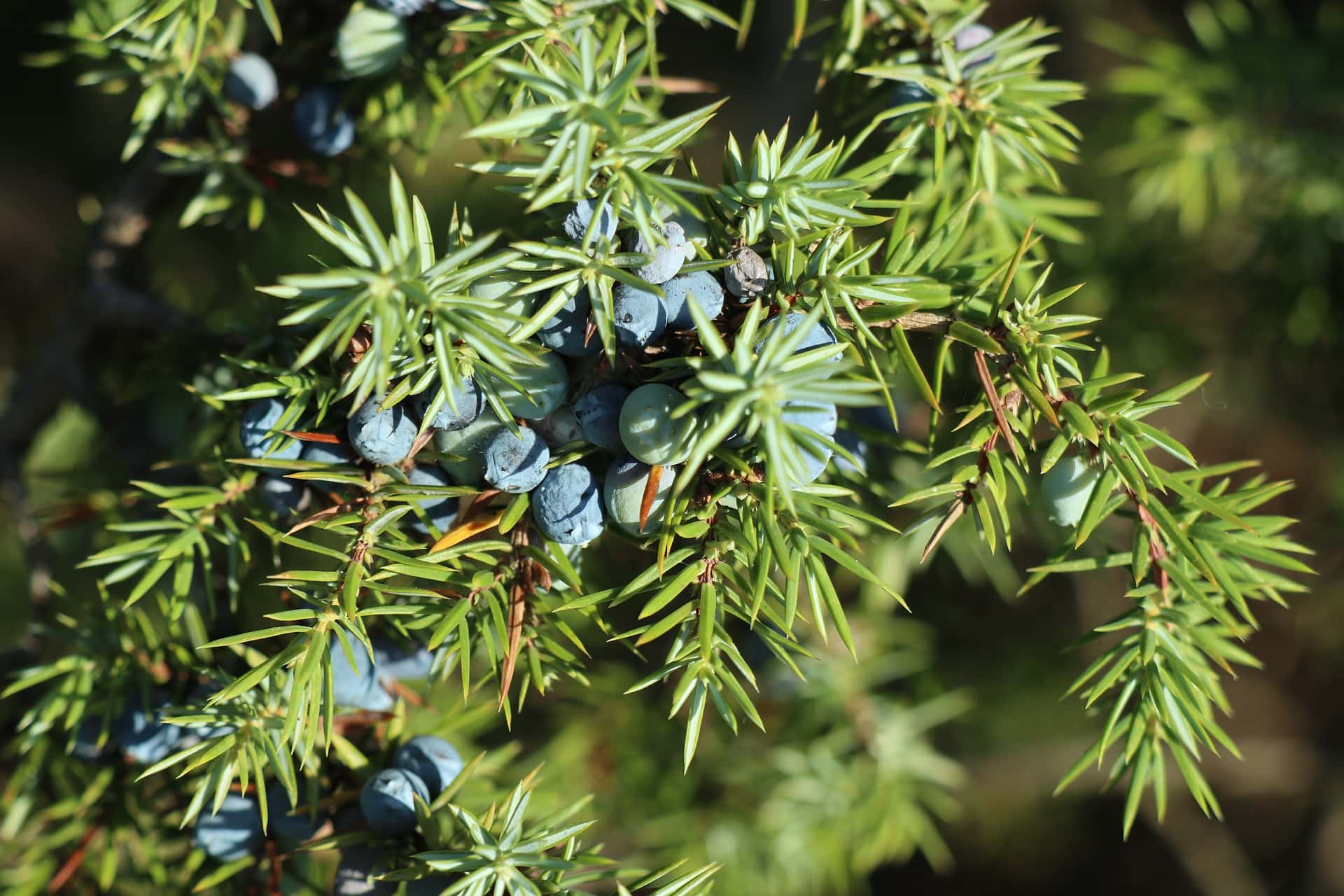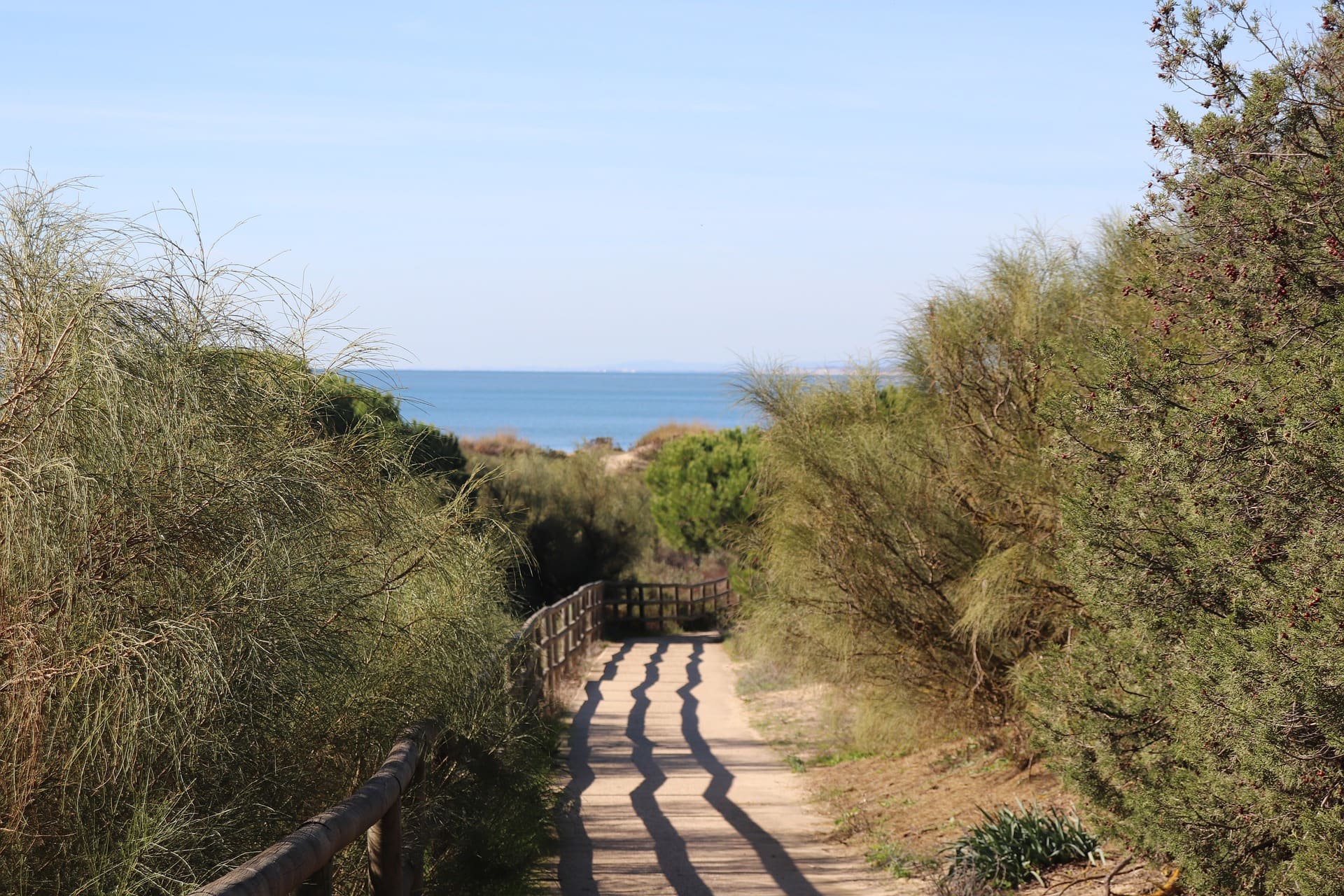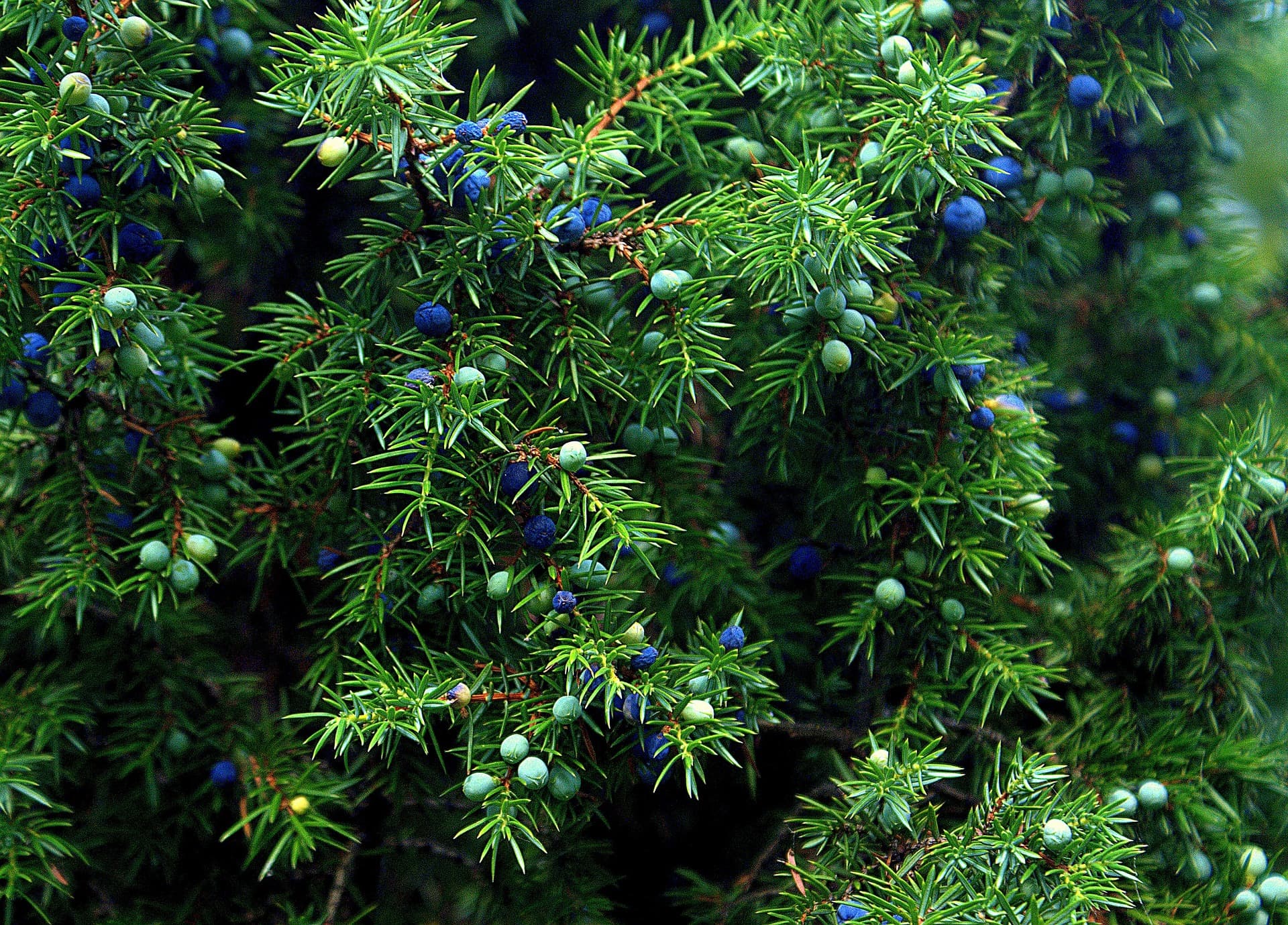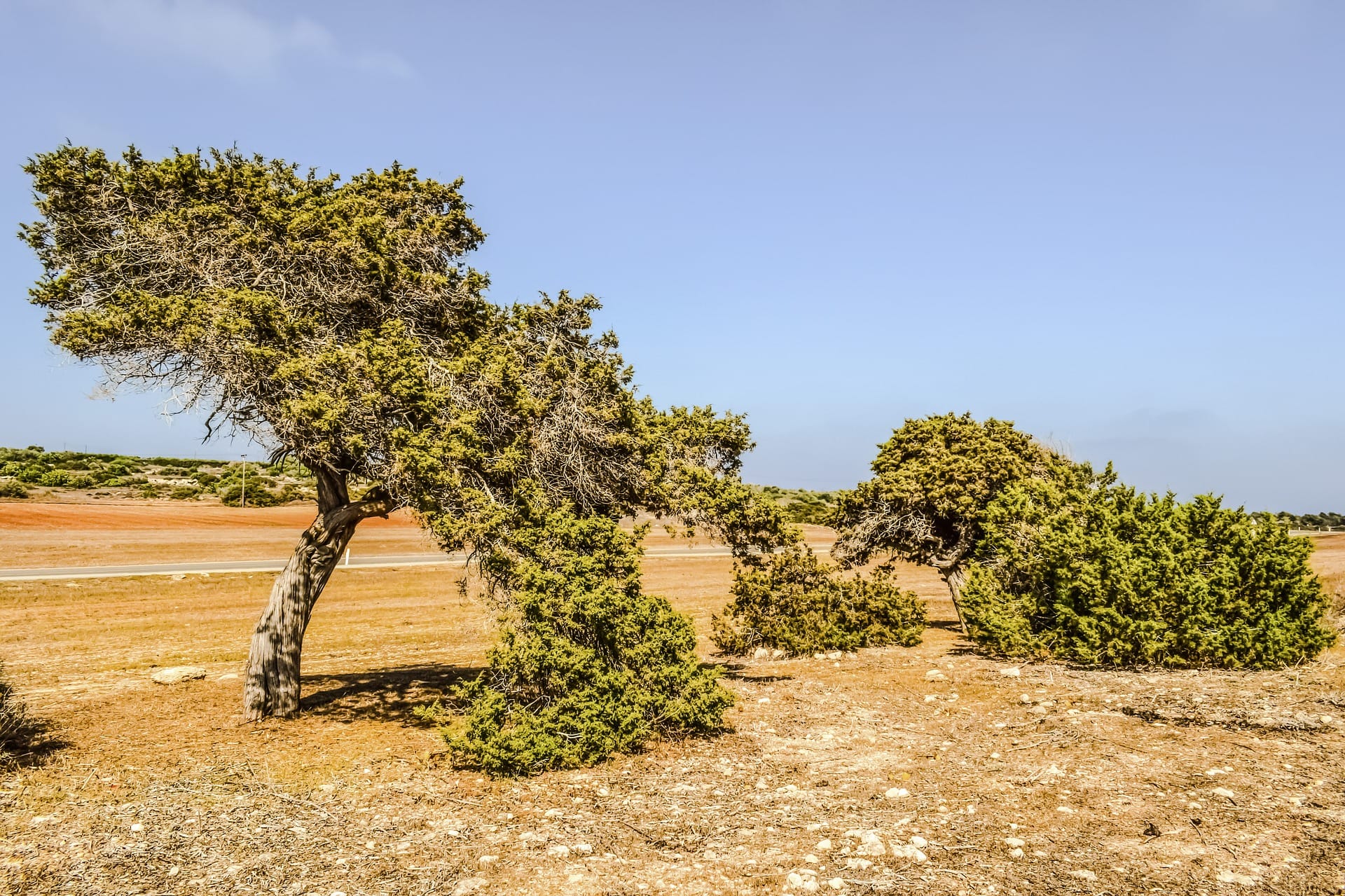10 Various Species of Juniper Trees (With Pictures)
-
Ed Malaker
- Last updated:

Juniper trees are extremely attractive and make great additions to any garden or landscape. There is a large variety of them, so you’re sure to find something that looks great and is easy to maintain. If you are looking for something new but aren’t sure what to get, you’ve come to the right place. Here, we look at several different species and provide pictures to help you make an informed purchase.
 The 10 Various Species of Juniper Trees
The 10 Various Species of Juniper Trees
1. Common Juniper

- USDA Hardiness Region: 2–7
- Size: 30–50 feet
The Common Juniper tree can range in size from about 30 feet tall to a little over 50 feet, so it’s a great choice if you have a large property. It can stand tall or lie on the ground. It prefers colder weather in the 2–7 hardiness region, so you can find it all over Canada and in many midwestern states. It produces a dark seed pod that closely resembles blueberries, which attracts birds and helps spread its seeds.
- Easy to find
- Attractive
- Requires a large amount of room
- It might stand or lie across the ground
2. Shore Juniper

- USDA Hardiness Region: 6–9
- Size: 15–24 feet
The Shore Juniper is native to Japan and has a hardiness zone of 6–9. It’s easy to grow in many areas in the United States, so it’s one of the more popular varieties. It prefers sandy soil but can adapt to other types as long as the soil is well-drained. The Evergreen foliage is fragrant and pleasant to be around.
- Easy to grow
- Tolerant of different soil
- Fragrant
- Requires plenty of sunlight
3. Temple Juniper
- USDA Hardiness Region: 6
- Size: 20–30 feet
The Temple Juniper is also called the Needle Juniper due to its evergreen foliage that resembles the needles on a pine tree. It grows best in a hardiness zone of 6, so it’s a good choice for many places in the United States. Most people grow them as ornamental trees, and you will often see them around temples in Japan, from where it gets its name.
- Easy to grow
- Attractive
- Sensitive to extreme temperatures
4. Azores Juniper
- USDA Hardiness Region: 9
- Size: 20 feet
Before becoming a unique type, the Azores Juniper was first considered by experts to be a short-leafed version of another variety. It prefers open woodlands on slanted terrain and elevation between 800 and 3,500 feet above sea level. Habitat loss threatens the species, so it may not be available forever. It enjoys a hardiness zone of 9, making it well suited to the southern states.
- Suitable for southern states
- Attractive
- Declining numbers
5. Eastern Prickly Juniper

- USDA Hardiness Region: 9
- Size: 5-10 feet
The Eastern Prickly Juniper is a variety with a hardiness region of 9, making it suitable for many of the southern states in America. It’s a small tree that rarely grows larger than 10 feet, so it’s perfect for small gardens and yards. Farmers use this variety to produce Cade oil, an essential oil found in cosmetics, incense, and traditional skin treatment drugs. It’s a fragrant variety found throughout the Mediterranean region, and it prefers rocky soil up to an altitude of 5,000 feet. It has prickly foliage that is quite a bit stiffer than most other varieties.
- Cade oil
- Fragrant
- Prickly foliage
6. Ryukyu Juniper
- USDA Hardiness Region: 7b
- Size: 66–131 feet
The Ryukyu Juniper is one of the larger species on this list, and it frequently grows to 130 feet or more, so it is a great shade producer. It prefers a hardiness zone of 7b, so it will grow nicely in many areas across the country. Like several other varieties, it has needle-like leaves that stay green year-round and produces berry-like seed cones. The light green tree is quite attractive, but you need a large property with plenty of sunlight to grow it effectively.
- Attractive
- Plenty of shade
- Large
7. Chinese Prickly Juniper
- USDA Hardiness Region: 3-9
- Size: 40–50 feet
The Chinese Prickly Juniper is a bushy conical evergreen tree. It can grow 40–50 feet tall and up to 20 feet wide. It grows slowly and requires plenty of sunlight. However, it’s quite tolerant of different temperature zones and is suitable for growing in most of the United States. It’s a hardy tree that is resistant to deer.
- Tolerant of different temperatures
- Resistant to deer
- Slow growing
8. Stinking Juniper
- USDA Hardiness Region: 9
- Size: 20–80 feet
The Stinking Juniper is an old-world variety that can grow up to 80 feet tall. It prefers dry, rocky slopes with shallow soil and hot temperatures, so it’s perfect for many American southern states. It’s a slow-growing variety that is somewhat rarer than many other varieties.
- Perfect for the American south
- Rare
- Slow growing
9. Black Juniper

- USDA Hardiness Region: 3
- Size: 6–8 feet
The Black Juniper is a high-altitude tree found in Pakistan, India, Nepal, and China. It’s the highest elevation woody plant, and you can find it more than 17,000 feet above sea level. The mature seed cones are glossy black, which is how it got its name. It’s a slow-growing tree with a long lifespan.
- Highest altitude woody plant
- Long lifespan
- Slow growing
You might also be interested in: 25 Different Types of Hardwood Trees (With Pictures)
10. Ping Juniper

- USDA Hardiness Region: 5–9
- Size: 5–10 feet
The Ping Juniper is a wide, upright, bushy variety that makes an excellent addition to any landscape or walkway. It grows 6–8 inches per year, and you can cause it to grow narrower by developing a dominant leader. It’s also possible to grow as a small Bonsai, and it’s tolerant of a wide variety of temperatures. The only downside to this variety is that it’s not especially fragrant, which might make it more popular in sitting areas.
- Shapeable
- Bonsai version
- Tolerant of temperature changes
- No fragrance
Related Read: 11 Types of Birch Trees (with Pictures)
 In Conclusion
In Conclusion
As you can see, there is quite a variety of Juniper trees. Most are evergreen with needle-like leaves, but others have scale-like leaves. They come in all heights, and some are quite fragrant while others aren’t. The Eastern Prickly Juniper is popular due to the cade oil that it produces that has a wonderful fragrance, and the Black Juniper is the highest altitude woody plant. The Common Juniper, Shore Juniper, and Chinese Prickly juniper are all easy to grow in the United States, so they make great starting points, especially if you are new to growing these types of plants.
You might also be interested in: 12 Types of Redwood Trees
Featured Image Credit: Pixabay
Contents
 The 10 Various Species of Juniper Trees
The 10 Various Species of Juniper Trees